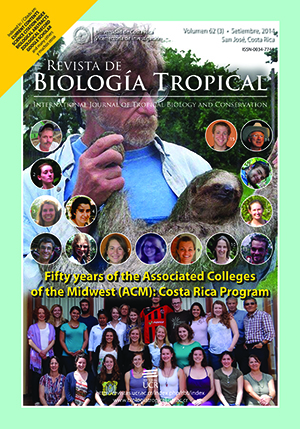Abstract
taxonomists judge the current nomenclatural situation as chaotic and poorly studied in the neotropics. From this perspective, phylogenetic analyses inferred from ribosomal DNA sequences have aided the clarification of the genus status. In this study, 14 specimens of Ganoderma and two of Tomophagus collected in Brazil were used for DNA extraction, amplification and sequencing of the ITS and LSU regions (rDNA). The phylogenetic delimitation of six neotropical taxa (G. chalceum, G. multiplicatum, G. orbiforme, G. parvulum, G. aff. oerstedtii and Tomophagus colossus) was determined based on these Brazilian specimens and found to be distinct from the laccate Ganoderma from Asia, Europe, North America and from some specimens from Argentina. Phylogenetic reconstructions confirmed that the laccate Ganoderma is distinct from Tomophagus, although they belong to the same group. The use of taxonomic synonyms Ganoderma subamboinense for G. multiplicatum, G. boninense for G. orbiforme and G. chalceum for G. cupreum was not confirmed. However, Ganoderma parvulum was confirmed as the correct name for specimens called G. stipitatum. Furthermore, the name G. lucidum should be used only for European species. The use of valid published names is proposed according to the specimen geographical distribution, their morphological characteristics and rDNA analysis.
##plugins.facebook.comentarios##

This work is licensed under a Creative Commons Attribution 4.0 International License.
Copyright (c) 2014 Revista de Biología Tropical






